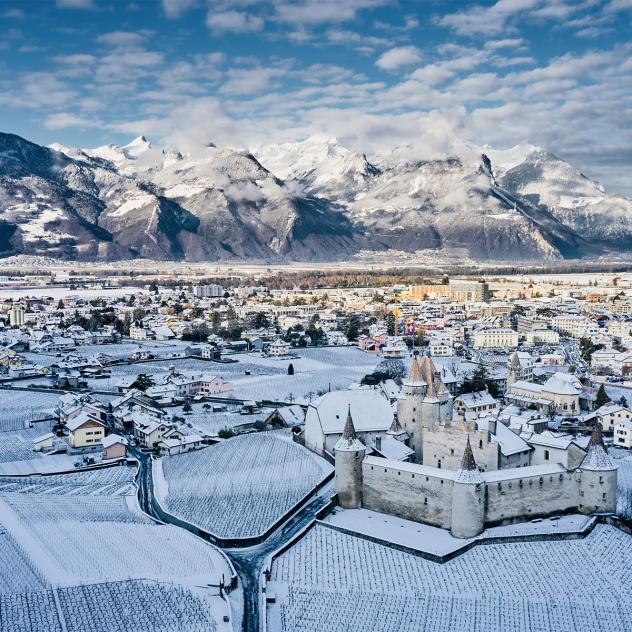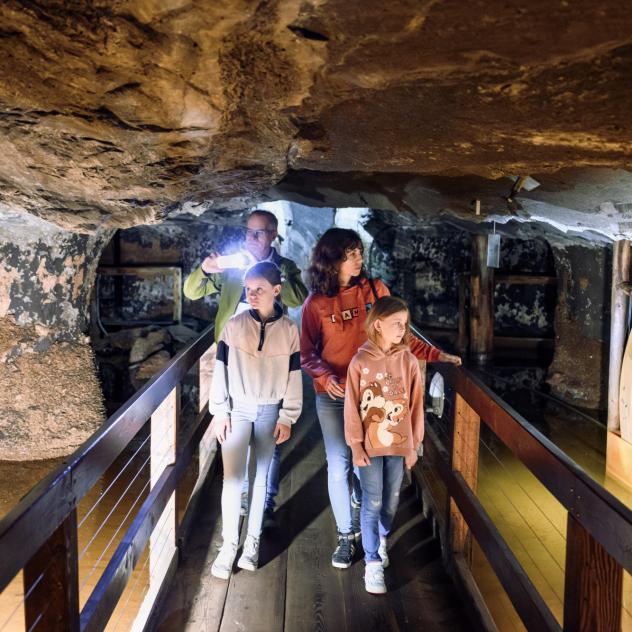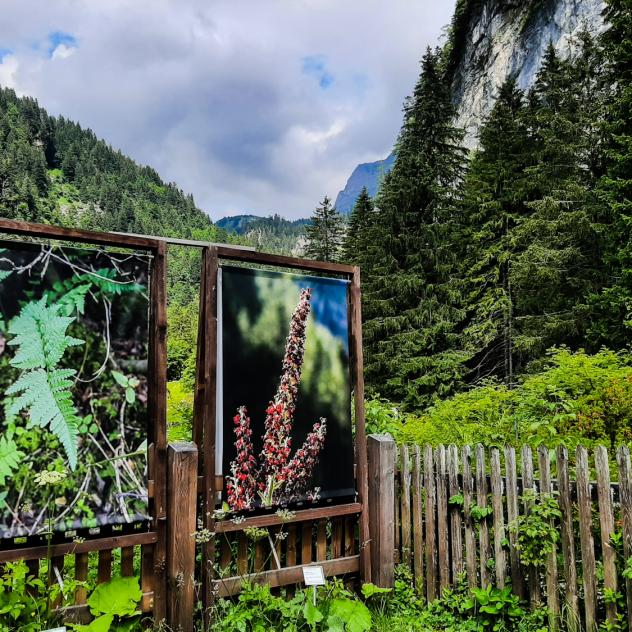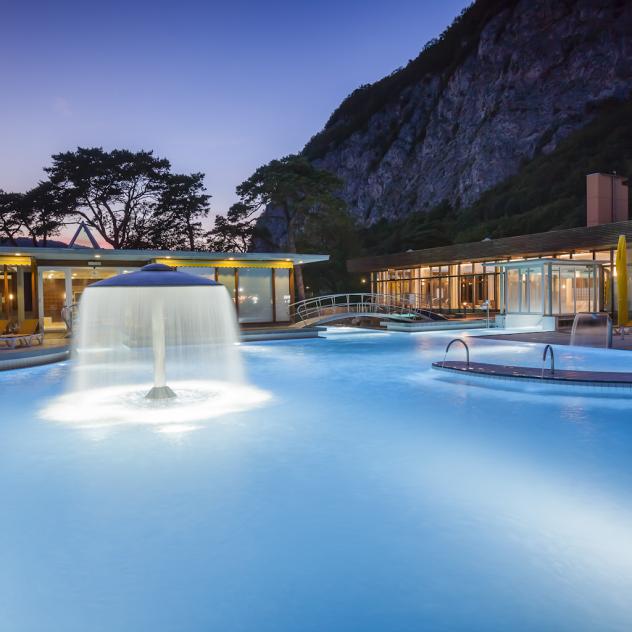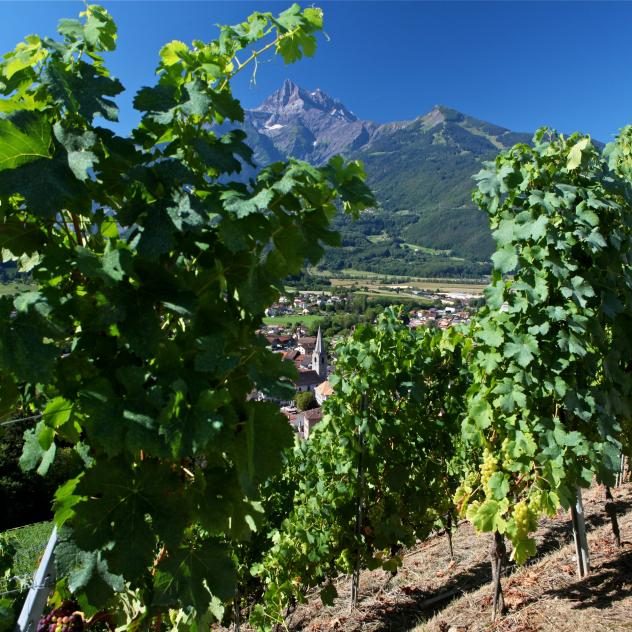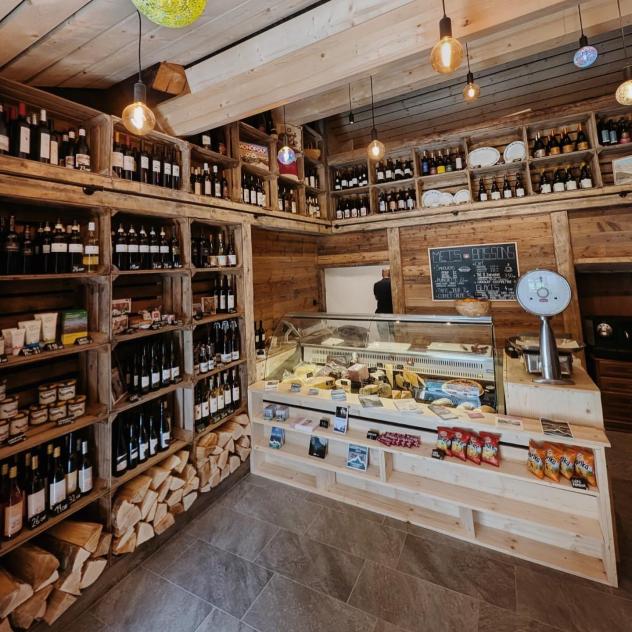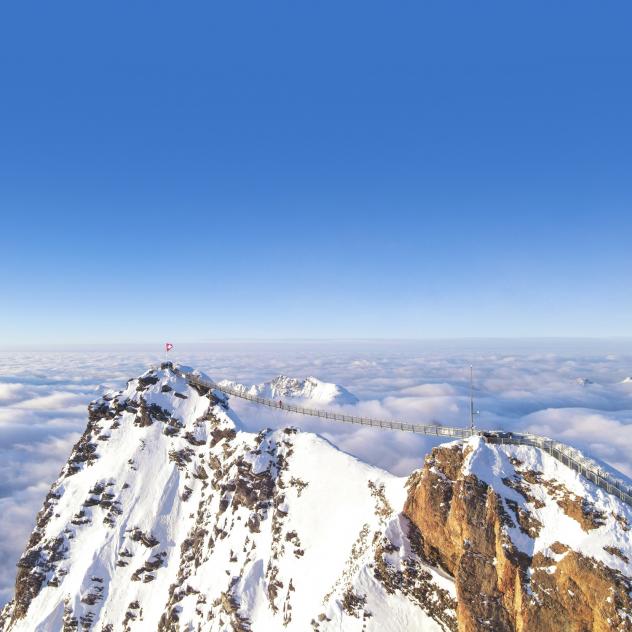
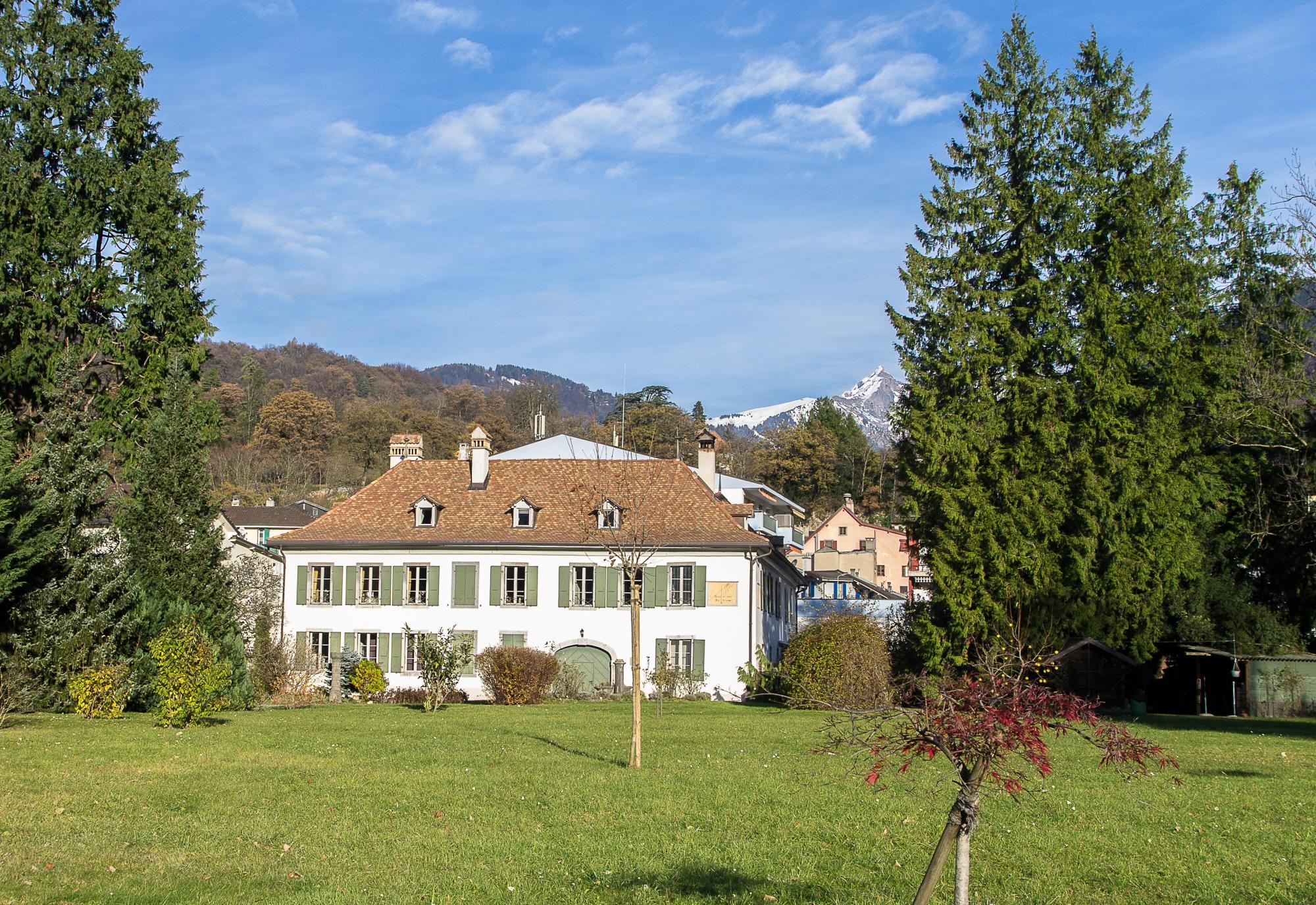
Overview
This beautiful mansion in the heart of the village was classified by the Monuments and Sites Section of the Canton of Vaud in 1988 (facades, sundials, fountain and park). It was once surrounded by a larger park, which included the land where the Nagelin chapel was built. The first construction probably dates back to the 16th century. Work carried out in 1786 gave it its present appearance.
The Château-Feuillet has a remarkable layout and a specific trapezoidal plan, with a U-shaped main building around an inner courtyard: this arrangement, known as "between courtyard and garden", was common at the end of the 17th century. However, the historical and archaeological documentation is very limited and does not allow the date of construction to be given. The first reference - as a legacy - is to "chasteau Folliet" and dates from 1604. In 1694, the plans indicate that the owner of the house and garden is "Sieur David Michaud, chastelain". Numerous other owners occupied the premises, including the Veillon, Ravy and Golaz families.
The Château-Feuillet as we can see it today behind the few large trees that remain was profoundly transformed between 1786 and 1788 by Henri-Isaac Ravy. The facades are punctuated only by the vertical axes formed by the superimposed openings with stone frames (black "marble" from Saint-Triphon). The sundials probably date from this period.
Further modifications were made in the first part of the 19th, early 20th and 21st centuries. The property included other buildings that have now been demolished (a stone and wood henhouse and woodshed). The roof was completely redone in the 2000s under the supervision of the Monuments and Sites Section of the Canton of Vaud. The large park surrounding the property has shrunk considerably over the years. It once extended as far as the chapel of the Free Church - known as the Chapelle de Nagelin - built in 1864 and 1865 by the architect Samuel Keser. The Rue du Midi, created in 1839-40, had already set a limit to the area in front of the castle. The more than questionable addition of the blue-and-white striped building of the Cooperative Society to the north greatly reduced the aesthetics of the ensemble. The castle is now co-owned.
A local legend claimed that the Château-Feuillet was connected by an underground passage to the Tower of Duin. This was disproved by research in the 1960s.
Practical information
For more information:
Vaud Cantonal Archives, Monuments and Sites Section.
A. Milloud, "Histoire de Bex", Bex, 1910.
Location
Getting to Bex
Car parks and transport
Brochures and maps
Practical information
- location_on
Office du Tourisme de Bex
Avenue de la Gare 68
1880 Bex
- phone_in_talk
+41 24 463 30 80
- mail
info@bex-tourisme.ch
Facebook
Instagram

